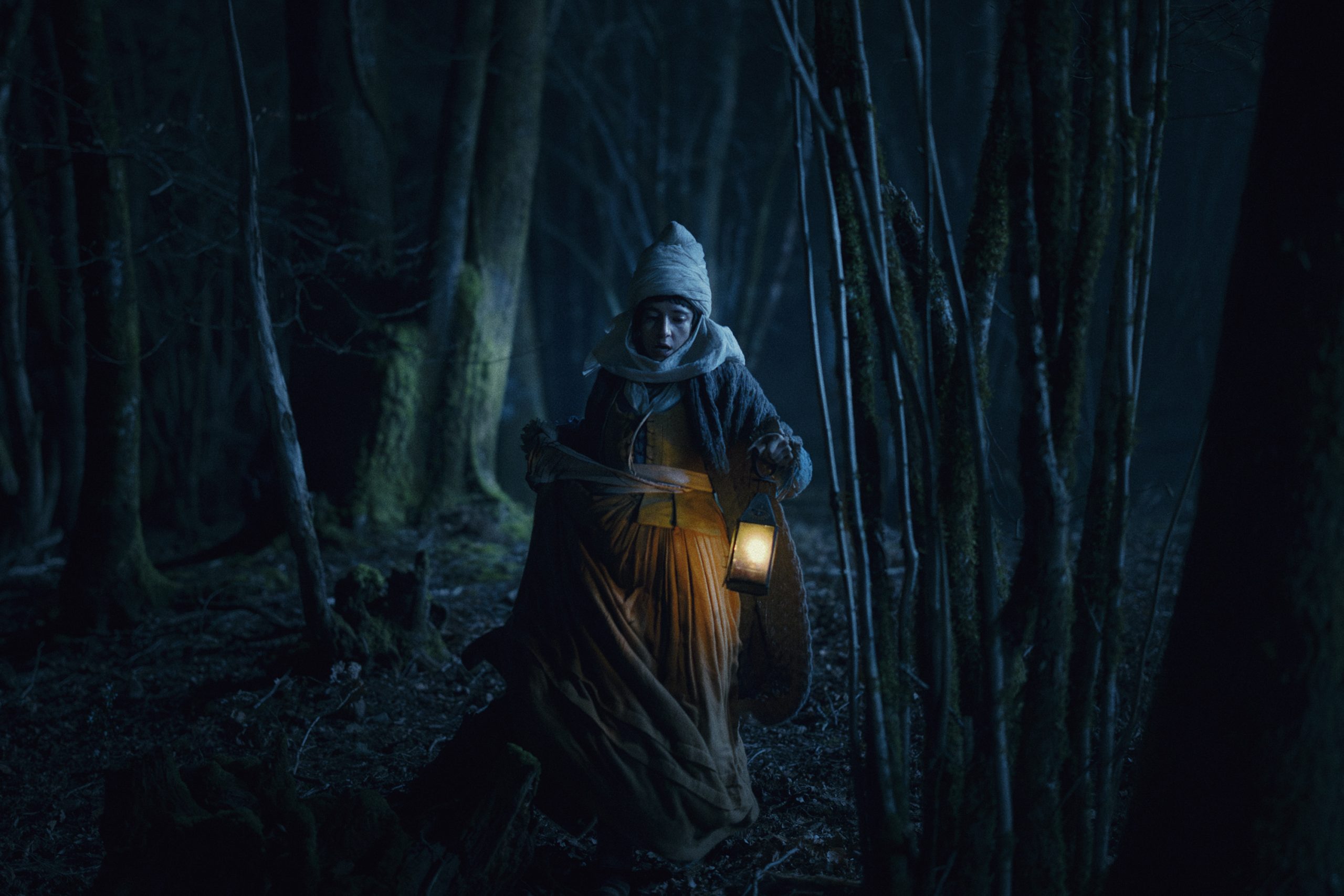Entertainment
Basque Cinema Takes Center Stage at Sitges with Four Genre Films

Four Basque films, showcasing a diverse array of genres, are set to premiere at the esteemed Sitges Film Festival. This marks a significant moment for Basque cinema, which has gained international recognition in recent years, particularly through auteur-driven narratives and strong regional support. The featured films range from animation to folk horror and high-concept science fiction, highlighting a growing trend among Basque filmmakers to explore genre storytelling.
Spotlight on New Releases
At the festival, audiences will experience Paul Urkijo‘s latest work, “Gaua”, his third film in the Basque language following the success of “Errementari” and “Irati”. The film, produced by Irusoin, Ikusgarri Films, and Vilaüt Films, delves into nocturnal folklore and 17th-century superstition as the protagonist, Kattalin, portrayed by Yune Nogueiras, embarks on a journey through a forest populated by mythical beings. Xabi Berzosa from Irusoin remarked, “With ‘Gaua,’ we continue a line of work we started years ago: producing in Basque, with strong genre elements, but thinking from the very beginning that the film has to cross borders.”
Another highlight is Alberto Vázquez‘s “Decorado”, which follows his Goya-winning film “Unicorn Wars”. This adult animation, a collaboration between Abano Producciones, Uniko Estudio Creativo, Glow Animation, Sardinha Em Lata, and María y Arnold AIE, presents an existential satire. The story revolves around Arnold, a middle-aged mouse who grapples with the artificial nature of his world, prompting a journey to uncover authenticity amidst illusion.
The film “Balearic”, directed by Ion de Sosa, will have its Spanish premiere at Sitges’ Oficial Fantàstic competition after debuting at the Locarno Film Festival. Produced by Umbracle Cine, Apellaniz y de Sosa, and Jaibo Films, this thriller explores the ominous turn of a poolside party where young guests find themselves trapped, surrounded by mysterious black dogs. De Sosa explained that the film addresses the dynamics between generations, urging viewers to reflect on their contributions to society.
Finally, “Singular”, by Alberto Gastesi, features renowned actors Patricia López Arnaiz and Javier Rey. The narrative intertwines themes of grief and speculative science fiction as an AI specialist encounters a figure resembling her deceased son. This film raises critical questions about the implications of technology on human emotions and relationships.
Genres and Cultural Resonance
The shift towards genre filmmaking in Basque cinema can be attributed to the creative vision of directors rather than producers. Berzosa emphasized that the appeal of genre lies primarily with the filmmakers, noting, “It’s more the directors and the creators’ appeal to the genre. Luckily, it’s also a very demanded genre nowadays.”
Urkijo’s unique ability to intertwine genre with Basque cultural narratives exemplifies this trend. Berzosa stated, “Paul is a very special case. He is an absolute genre lover, but at the same time his imagination is rooted in Basque culture. That combination is rare, and that’s why his films are so different.”
The financing of “Gaua” reflects a growing international dimension within Basque production. Collaboration with Filmax helped establish an international framework even before filming began. Executive producer Iván Miñambres noted the importance of cultural storytelling, stating, “In the Basque Country, there is a strong storytelling tradition rooted in mythology… This background naturally lends itself to genre cinema.”
The contemporary landscape also reveals a new generation of producers and filmmakers who are willing to take creative risks. These artists are eager to experiment visually and thematically while connecting with broader audiences through universal narratives. Miñambres believes this trend is just beginning, asserting, “The international market has become increasingly receptive to original and daring voices in cinema.”
As Basque cinema continues to diversify, the four films showcased at Sitges encapsulate the creative potential of the region. With their bold aesthetics and cultural relevance, these films not only reflect local mythology but also resonate with global storytelling traditions. Berzosa concluded, “Each country has its own, but we can understand one another through story. It always comes down to drama and character.”
Sitges remains a vital platform for genre cinema, offering exposure and networking opportunities for filmmakers. The increasing visibility of Basque productions reaffirms the strength of genre as a means to engage with contemporary societal themes and fears.
-

 Lifestyle4 months ago
Lifestyle4 months agoLibraries Challenge Rising E-Book Costs Amid Growing Demand
-

 Sports3 months ago
Sports3 months agoTyreek Hill Responds to Tua Tagovailoa’s Comments on Team Dynamics
-

 Sports3 months ago
Sports3 months agoLiverpool Secures Agreement to Sign Young Striker Will Wright
-

 Lifestyle3 months ago
Lifestyle3 months agoSave Your Split Tomatoes: Expert Tips for Gardeners
-

 Lifestyle3 months ago
Lifestyle3 months agoPrincess Beatrice’s Daughter Athena Joins Siblings at London Parade
-

 World3 months ago
World3 months agoWinter Storms Lash New South Wales with Snow, Flood Risks
-

 Science4 months ago
Science4 months agoTrump Administration Moves to Repeal Key Climate Regulation
-

 Science3 months ago
Science3 months agoSan Francisco Hosts Unique Contest to Identify “Performative Males”
-

 Business4 months ago
Business4 months agoSoFi Technologies Shares Slip 2% Following Insider Stock Sale
-

 Science4 months ago
Science4 months agoNew Tool Reveals Link Between Horse Coat Condition and Parasites
-

 Sports4 months ago
Sports4 months agoElon Musk Sculpture Travels From Utah to Yosemite National Park
-

 Science4 months ago
Science4 months agoNew Study Confirms Humans Transported Stonehenge Bluestones









